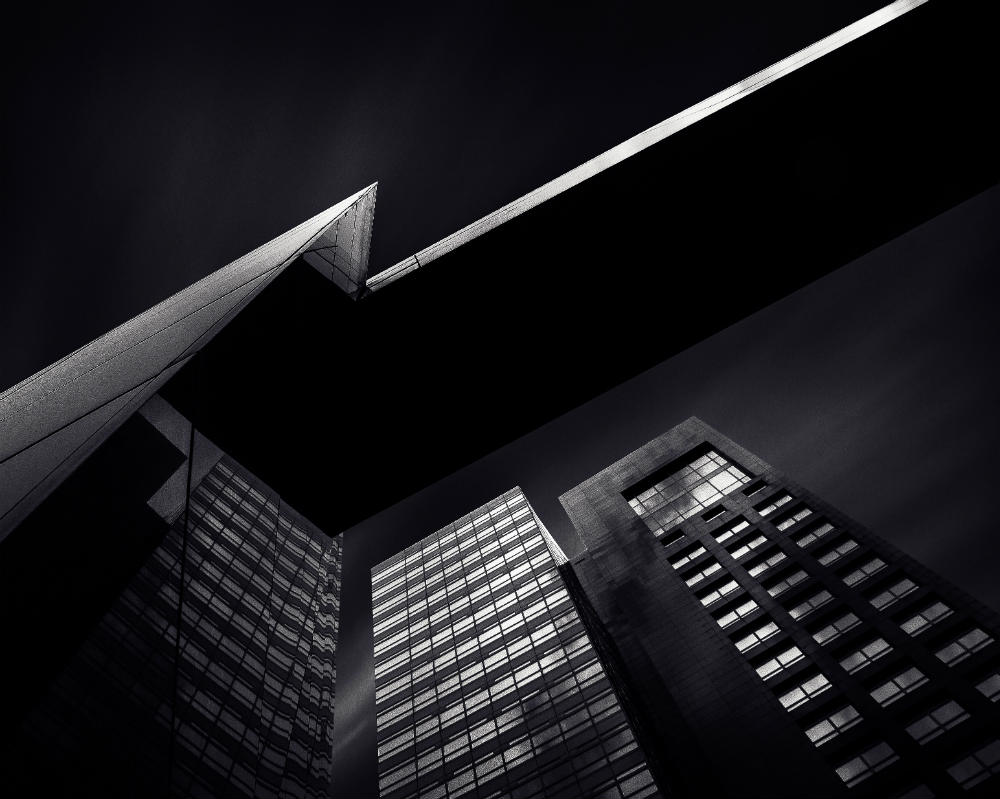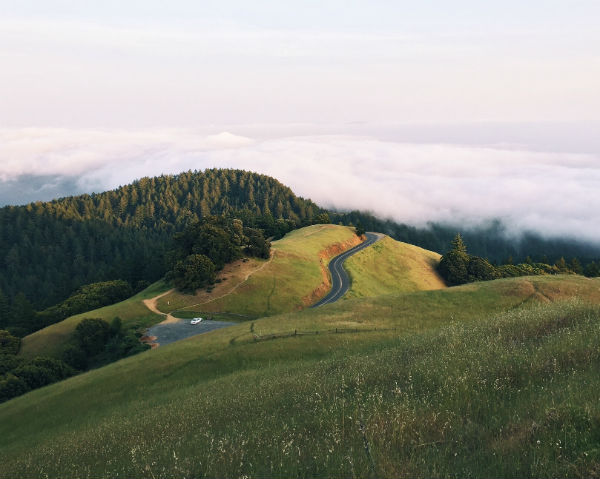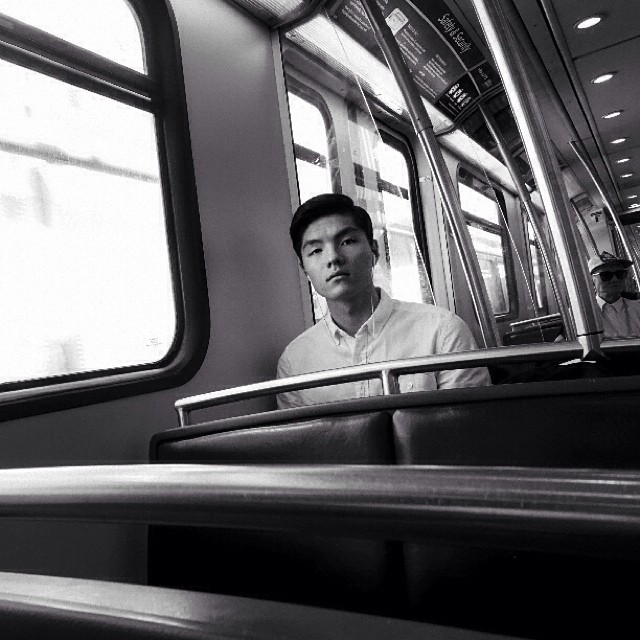 One of the biggest challenges we face as photographers is finding the inspiration that drives us, even compels us, to go out and photograph consistently, and to come back with work that we are truly proud of. Today I’m going to give you some ideas to help you find your muse, that subject that inspires you and pushes you to become a better photographer.
One of the biggest challenges we face as photographers is finding the inspiration that drives us, even compels us, to go out and photograph consistently, and to come back with work that we are truly proud of. Today I’m going to give you some ideas to help you find your muse, that subject that inspires you and pushes you to become a better photographer.
Print Your Images
In part 1 of this series, I wrote about the importance of printing your images, and this is a point that is especially relevant when it comes to finding inspiration. I think in the digital age we are not realising the full potential of our photography, because we’re not taking that final step and actually printing our images. The greatest power that photography has is in it’s printed form, where it stands alone, without distraction, and demands our undivided attention. Today we consume so much of our visual media in a very passing way, without fully committing to the act of reading the image, so that the true nuance of the artform can be appreciated.
Over-processed Landscapes
The result of this is a tendency towards images that are, to my mind, a little overdone, and nowhere is this more noticeable than in the area of landscape photography. If you look at the work of Ansel Adams, one of photography’s most revered figures, and compare it to modern trends in landscape photography, you’ll notice that the latter veers almost towards the otherworldly, such is the level of post-processing that is being applied. I wonder if this is because nowadays we need to make an immediate impact with an impatient audience. Of course such a sweeping statement ignores great modern photographers like Andreas Gursky and the Canadian Edward Burtynsky, but if you do an image search for ‘landscape photography’ you’ll see plenty of examples of the style to which I’m referring.
 Don’t Live Online
Don’t Live Online
The kernel of what I’m saying here is that you need to print your work and spend time experiencing it in it’s printed form in order to truly evaluate it and learn from it. I also feel there’s an inherent danger in just posting your work online, in that you can become too focussed on what others are doing, and this can be very distracting, and even discouraging. The phrase ‘compare and despair’ springs to mind.
Access
One of the things that always intrigues me when I see a really interesting photography project is the idea of access; how did the photographer get access to that subject? Personally, I always want to try and create images that either no one else has the permission to get, or no one else has bothered to pursue yet, because then I have a chance to create something original. It’s very difficult to stand out from the pack when you’re shooting things that everybody else is shooting too.
Pursue Projects
On the topic of originality, if you do have an idea for a project, but discover that somebody else has already done it, don’t be dissuaded. Who’s to say you won’t do it better, or discover a new angle, or use it as a platform to go in a completely new direction? Over half a century since The Beatles changed music forever, four piece bands are still emerging and garnering huge audiences.
Have A Goal
A lot of photography articles will advise you to ‘just get out there and start shooting!’. I am going to advise the very opposite. Going out without any preconceived notion of what it is you hope to bring back is a recipe for disillusionment. When you have a clear motive in mind you can start to preconceive your images, and think about things like the appropriate camera settings, lighting, time of day and even your composition.

Make Decisions
Of course you may decide to try your hand at street photography, a form I admire hugely. Street photography relies on discovering moments with little preconception of how those moments will appear. But having said that, if you look at the work of great street photographers like Garry Winogrand, Bruce Gilden or Mary Ellen Mark, you’ll see stylistic or thematic threads that run through their work that ties the work together. There are decisions that the photographer makes, sometimes made almost subconsciously, that lead to these threads; how close they get to their subjects, whether they use flash or not, what angles they shoot from, and so on. The thing is, there is always intention, the knowledge that ‘if I work in such-and-such a way, I’ll achieve what I set out to achieve’. I encourage you to always have an intention when you pick up a camera. If you do, you can really start to hone your craft.
This idea of intent actually pervades all of photography. If you’re drawn to travel photography for example, it’s likely that your intention is to portray a destination in an appealing way. So you’ll seek out scenes that capture some of what is unique about that place, and you’ll try to photograph those scenes in a ‘warm’ way. Lighting is your best tool to create a feeling of warmth, so you’ll probably decide to shoot when the sky is clear and the sun is low and has a beautiful golden glow. So the weather conditions and time of day are crucial factors in your decision making process.
Look For Interesting Stuff
National Geographic photographer Jim Richardson says “If you want to be a better photographer, stand in front of more interesting stuff”. Though deceptively simple, this really is great advice. At any point in time you can ask yourself ‘Am I putting myself in front of interesting stuff? Where can I find more interesting situations?’. By using this one simple maxim, you can constantly push yourself to become a better photographer.
Practice
Photography is a practice, something you need to do over and over again in order to get better. Even following my advice above, you won’t necessarily produce great results in the short-term, but if you apply these ideas over the span of a number of years, you’ll slowly grow a body of work of which you can be truly proud. For most it does take years to grow a strong portfolio; photography is a long game, not a sprint. So take your time, print your images and learn to love the slow process of creation that is photography.



